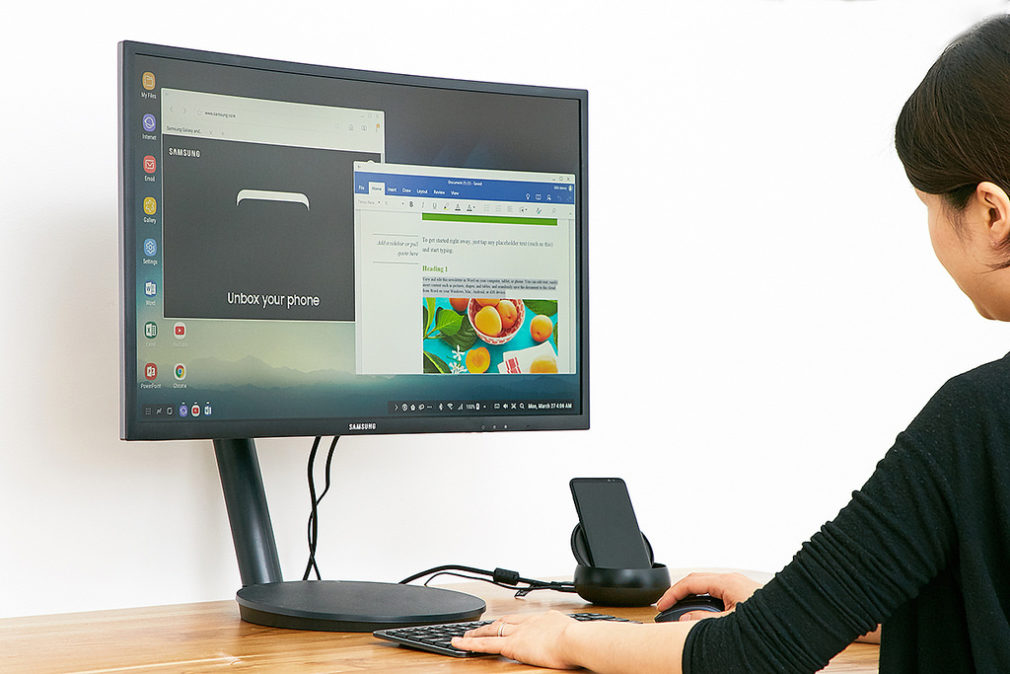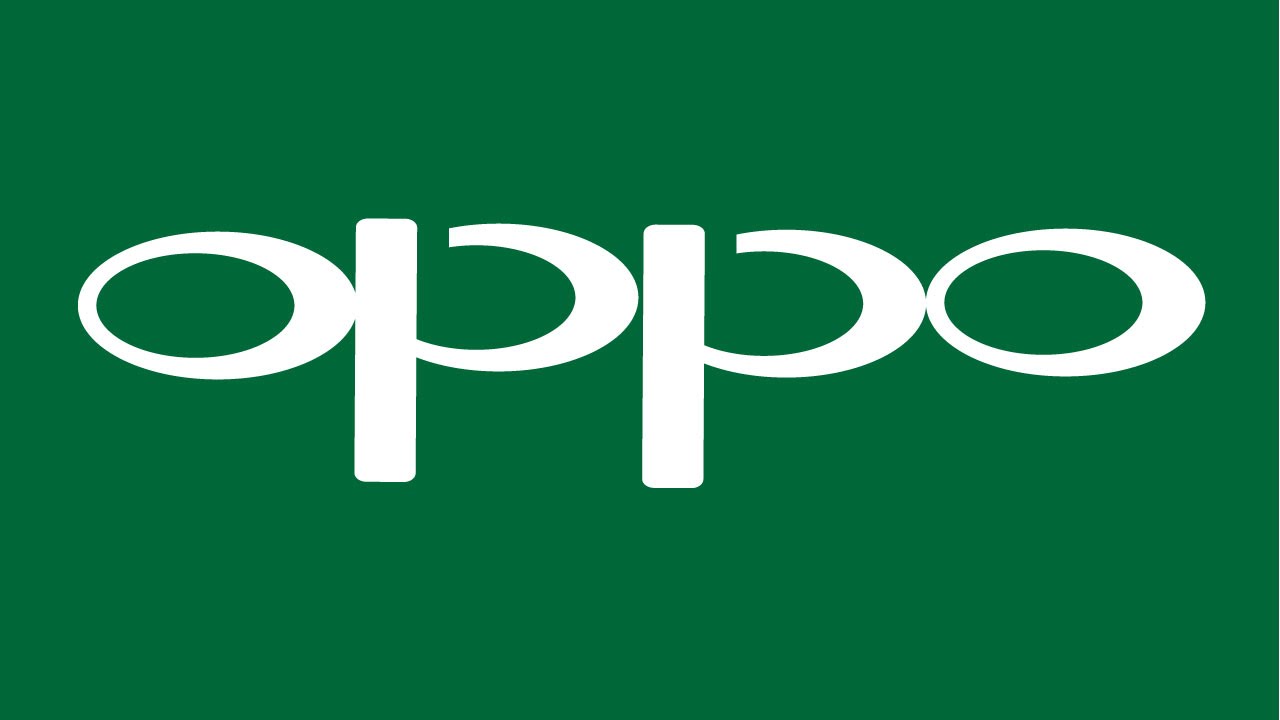Many have tried building an intuitive hybrid smartphone-desktop experience, but in vain! At its Unpacked event in New York today, Samsung emphasized the importance of building a complete ecosystem around its latest flagship devices – Galaxy S8 and Galaxy S8+.
With regards to the same, the Korean giant is debuting a docking station called DeX (an abbreviation for desktop, where desk = dex). It will follow along the lines of Microsoft’s Continuum and enable Galaxy S8 lineup owners to upgrade their sleek, beautiful devices into an “Android-based desktop-like experience”. Samsung has packed its flagship devices with the top-of-the-line processor i.e Qualcomm Snapdragon 835, which it believes is capable enough of doubling as a desktop computer.
Samsung DeX is a smartphone dock shaped like a rounded hockey puck, which requires you to flip the top part to connect the Galaxy S8 and start exploring the desktop experience. The top part flips out and works like a rest for your smartphone, simplifying access to the same. This also makes it intuitively easier for you to just glance at the Galaxy S8/S8+ to unlock the smartphone using facial or iris recognition. The phone is connected to the dock using an USB Type-C port at the bottom of the DeX.
Now, you have the smartphone plugged in and all you need are the peripherals to kick start your desktop experience. The DeX offers you the complete set of connectivity options, including two USB 2.0 ports, Ethernet, USB type-C power-in and an HDMI port. This docking station also comes with support for Adaptive Fast Charging (AFC) technology that’ll quickly charge your Galaxy S8 devices while connected. The desktop platform is protected by the company’s own Knox security platform, built into the smartphone itself.
Further, the availability of these connectivity options means you have the choice of pulling into the mix a crisp display connected over HDMI and a full-size keyboard, as well as a mouse which can either be wired or wireless — all depending on your elite tastes. Once you are connected and the desktop system has powered on, you’ll notice that Samsung has heavily customized Android 7.0 Nougat to feel closer to a Windows desktop experience (something Remix OS has been trying to accomplish for a couple years). The desktop:
enables users to seamlessly access apps, edit documents, browse the web, watch videos, reply to messages and more, directly from the smartphone on a larger display, keyboard, and mouse.
The desktop experience has further been designed to seamlessly support the peripherals, which can be used to access multiple resizable windows, contextual menus, and a desktop version Web browser. You will surely feel at home if you’re a regular Windows 10 user due to the fact that the bottom taskbar, the pinned favorite apps, the info dock at the bottom right and the multi-window support are great. You can probably access most of the apps on your smartphone via the ‘All Apps’ button at the bottom.
Samsung has tried its best to provide you with an accomplished desktop experience and has, thus roped in partners to help it with the task. Key collaborators include Microsoft and Adobe who’ve made their mobile apps, such as Office and Acrobat Reader or Lightroom respectively, compatible with the DeX dock. And I don’t know if Snapdragon 835 is this powerful or not, but you’ll also be able to run other desktop experiences virtually through partner solutions including Citrix, VMware, and AWS.
Talking about this launch, Injong Rhee, CTO of the Mobile Communications Business at Samsung Electronics said,
The smartphone has become the central point for the modern mobile professional, and when giving a presentation or editing documents remotely, it means they can work effectively using just their smartphone. We developed Samsung DeX with the highly mobile worker in mind, giving them a convenient and flexible desktop experience.
Now that we’ve talked about the features and usability of the DeX, the important question is whether enterprise professionals (or even an average joe) would actually purchase the docking device. The docking station will become available globally alongside the Galaxy S8 lineup and may come bundled with the phone in some regions.
What are your opinions on the Samsung DeX docking station? Will it be able to pull off what Microsoft’s Continuum desktop platform couldn’t? Comment your thoughts down below.






